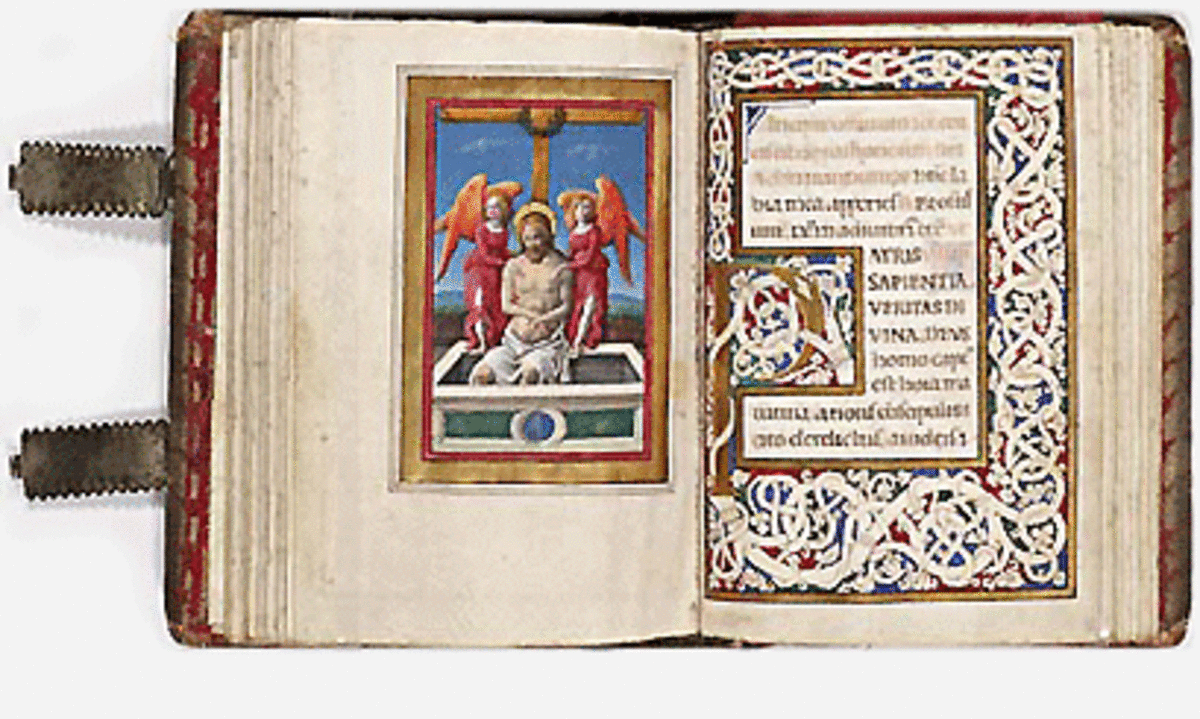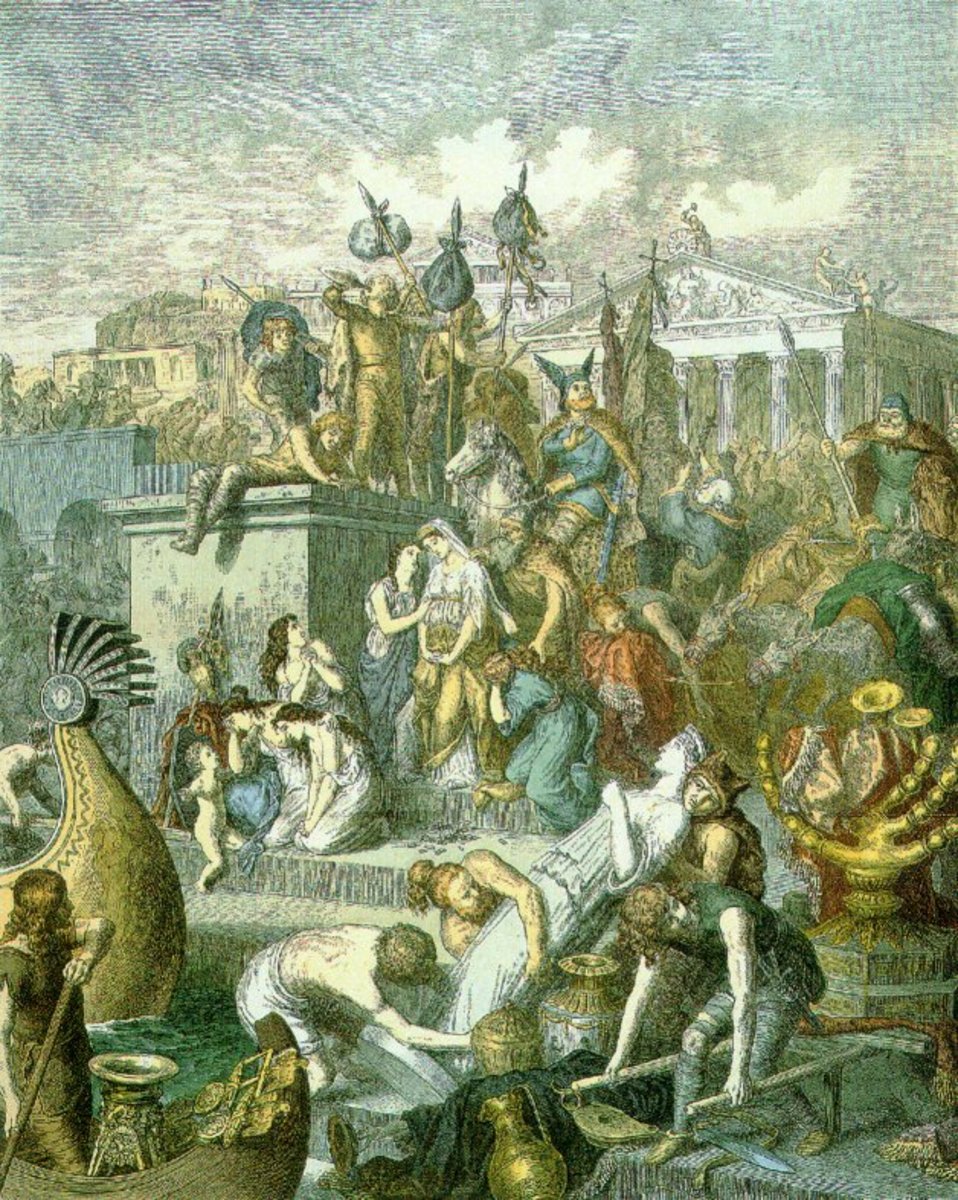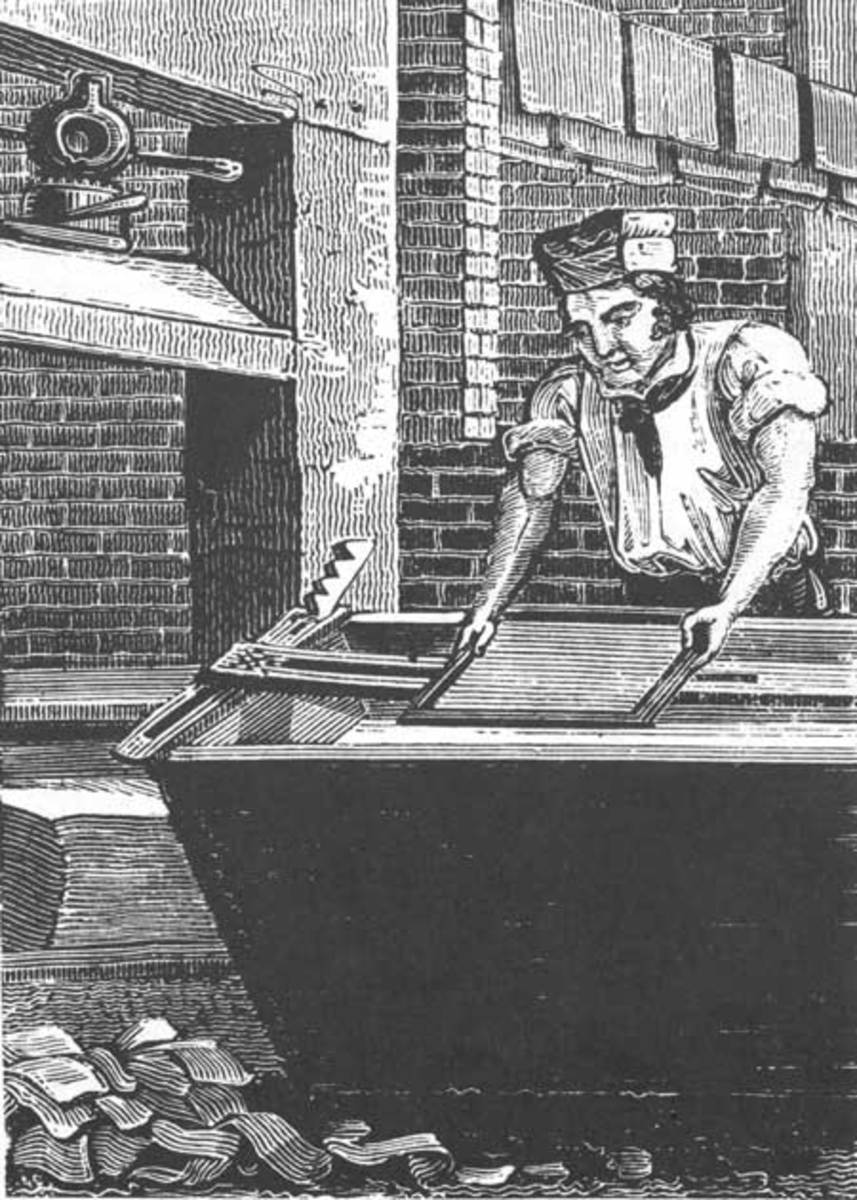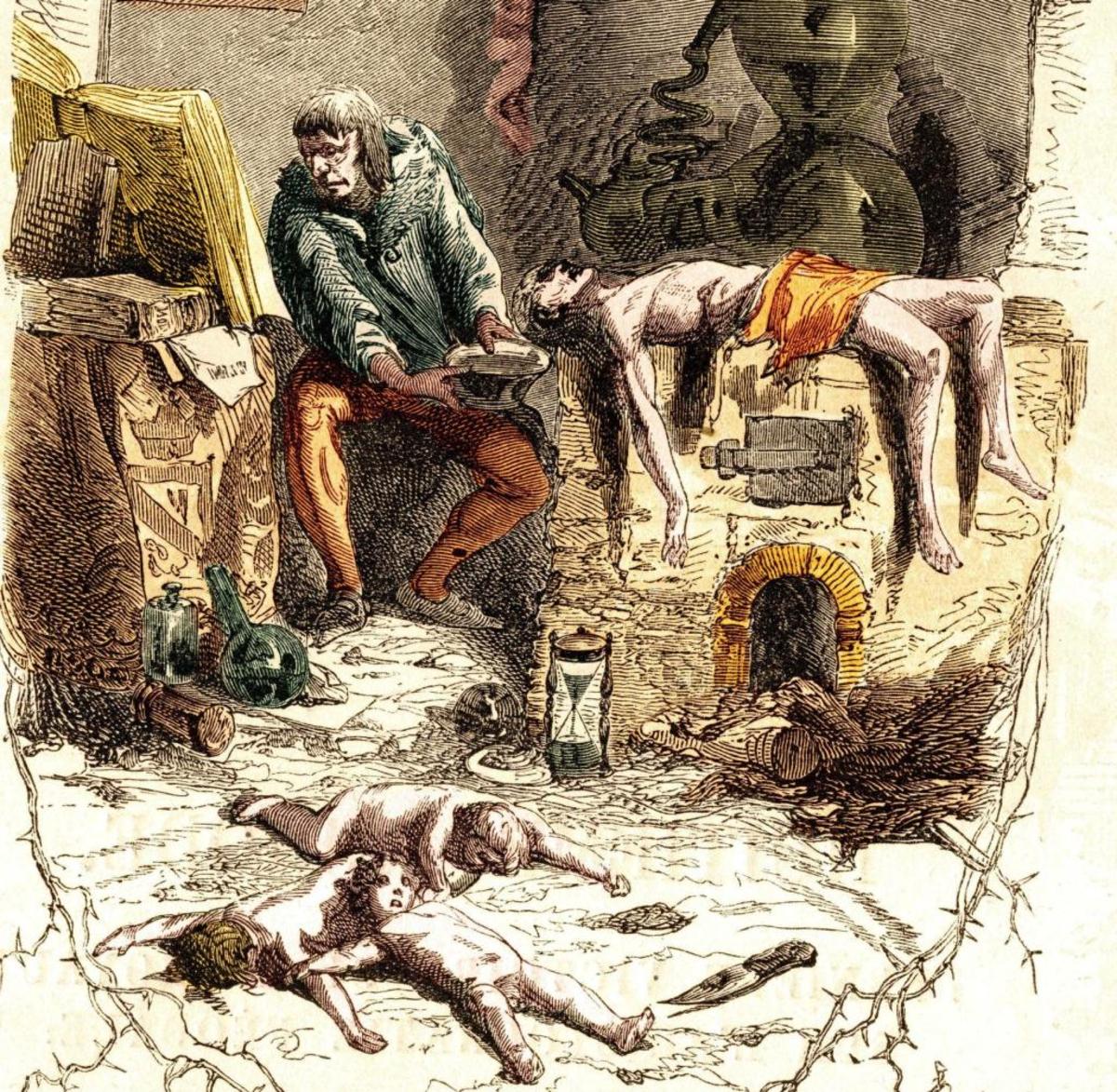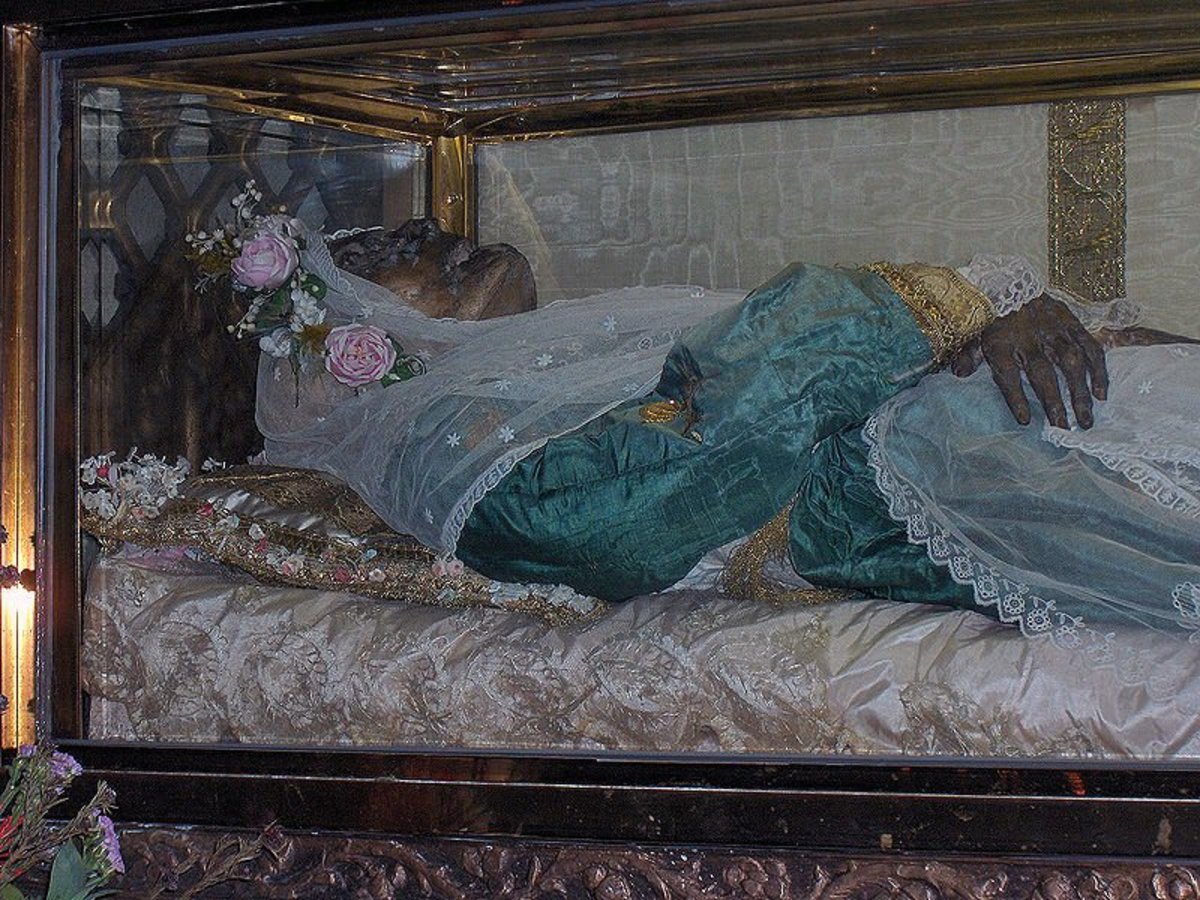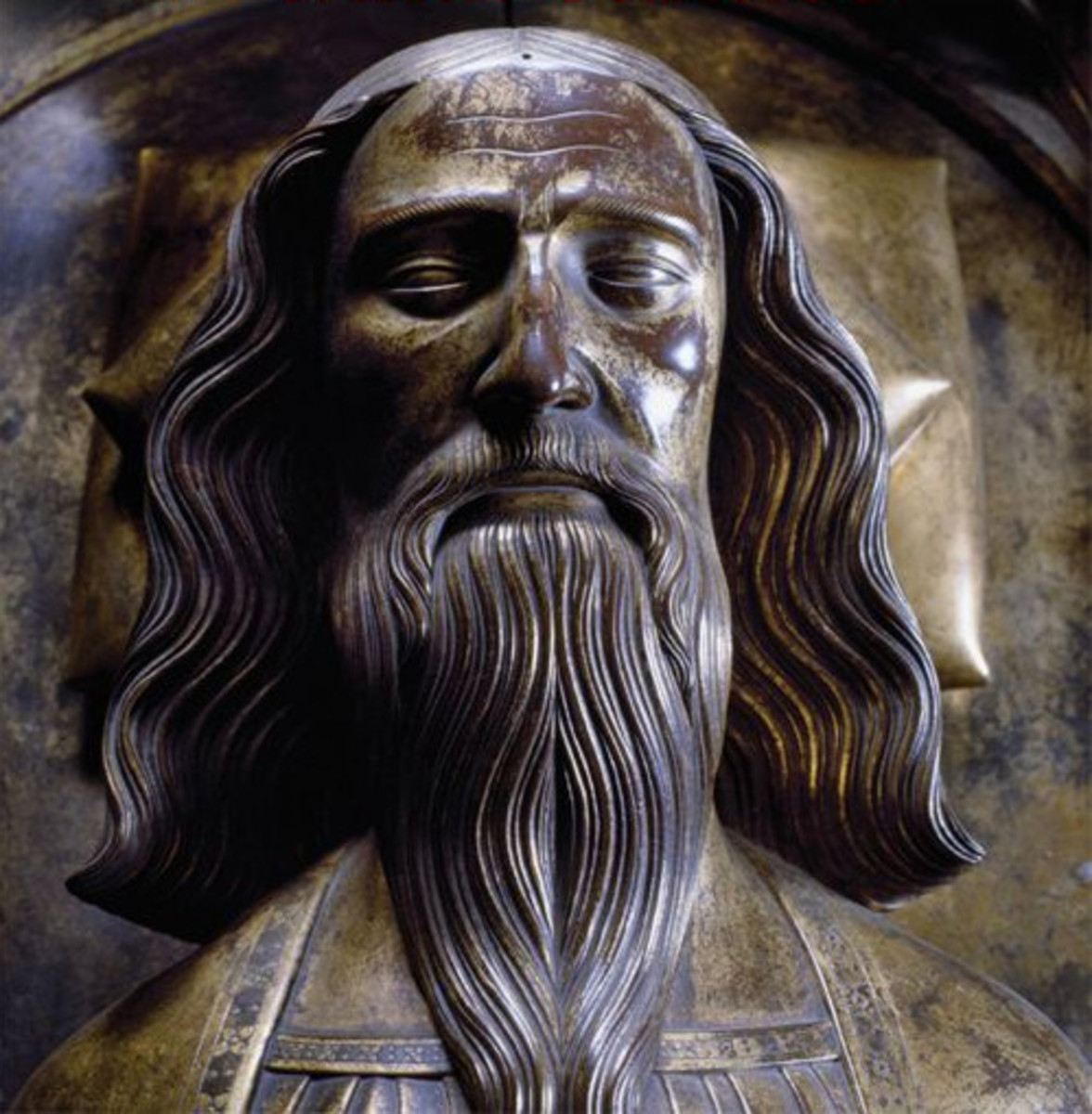Growing up in the Dark - Children in the Middle Ages
Knights wearing armor. Horses charging into battle. Swords, spears, and shields. Viking longboats. Castles. Solemn monks. These images come to mind when we discuss the Middle Ages. Although we call it the "dark age," a mystique surrounds this time in our past, almost a romantic idea of life in the early centuries after the fall of Rome. The Medieval spirit heavily influences our literary genre of fantasy. It crosses cultural bounds--even the Japanese build stories and video games around a European setting.
And this mystique affects children more than anyone. But that leads to an interesting question--how did children live in the middle ages? So very few stories include the very young. Even King Arthur, in his first appearance in The History of the Kings of Britain, went from a newborn baby to a fully grown king. So what did children experience growing up at this time? Children were born, but childhood as a concept didn't exist until late into the 19th century. The life they lived differed greatly from today's children, and depending on the circumstances of their birth they could expect a few different things.
Infans
Whether they were born to a king or a baker, children couldn't speak. This may not sound outrageous compared to 21st century children, but in the dark ages they couldn't speak until they reached the age of six.
Obviously they learned to speak before then, but during that time people considered children infans, which is Latin for "unable to speak." We get our word "infant" from this, except we stop calling them infants when they become toddlers--a stage that usually accompanies first words, babel, and baby talk. Medieval infans included all children who needed caretakers.
At the age of six, a child's education began. Kids from all classes of life received an education, but the nature of what they learned depended greatly on which social caste--called "estates"--they belonged to.
Peasant Children
As any good Marxist knows, the workers support the nation. Common folk performed the brunt of the labor to keep themselves, the aristocracy, and the Church well-fed and well-equipped for all their needs. When a common child hit the age of six, they would help their families work. They would apprentice someone--usually their father--to learn a trade and eventually become skilled enough to be a master craftsman and join a guild.
The guildsmen probably couldn't read or write, but learning to do so may have harmed the guild. Many people today hear of the society of the Freemasons along with their secret rituals. The masons, along with many other guilds, developed these practices in the Middle Ages as a way of passing skills down to their apprentices. This way they could control who knows their trade.
Aristocrats
A child born to a nobleman, like the peasants, could expect to inherit his father's occupation. At six years old, the son of a king, prince, duke, earl, or any other land owner would begin training with a broadsword, spear, lance, and mace. They would learn to ride horses, and start to accompany their fathers while hunting.
Only aristocrats held the privilege of hunting. Furthermore, their rank as a noble would determine which animals the king would permit you to hunt with--kings could use the best dogs, while the dukes and earls would be limited to one or two breeds. Children would be trained to hunt with hawks. These activities held an important part in their education--their job demanded skill in war, gutting a boar or a deer could teach them anatomy, that way they would know better where to strike a human enemy in battle.
Monks
The third estate, the Church, worked slightly different than the other two. Priests and monks took vows of celibacy--the pope found that the clergy had a nasty tendency to leave church property to children in their inheritances. They had to recruit members from elsewhere. For a price, a parent could reserve a spot in the monastery for their son. Here, he could learn to read and write--usually in the common language of his country, but always in Latin, which the Church used as a universal language to communicate across all Europe.
A place in a monastery and a liberal education ("liberal" comes from the Latin liber, meaning "book") provided a valuable place in society for these people. Reading and writing were rare skills, and noblemen relied heavily on clergy to keep records and read books to them. A child who entered a monastery could expect a fairly nice life, free of harsh labor and dangerous battles, provided they could handle the vows.
Kings would often place their second- and third-born sons in monasteries. Those who stood to inherit an entire kingdom tended to get in trouble with fratricide. Monasteries put them in a safe place where they wouldn't cause problems, and fourth-born (and up) were too far away from the crown to care.
Girls
Women had no place in the Medieval hierarchy. They existed almost outside of the order of the natural world. It meant being treated like property, but it also offered a few unexpected opportunities. Common girls more often than not were free to marry as they chose, a luxury the aristocrats didn't have--noble women were often betrothed as part of a land deal or battle alliance. Girls occasionally did learn to read and write, and some very famous works come to us from female authors such as Marie de France.
Adulthood
The coming-of-age in the Middle Ages occurred at the age of twelve. At twelve, people could legally get married. Apprentices could run their own shops, and aristocrats could ride to war. The famous leper-king of Jerusalem (as seen in the movie "Kingdom of Heaven") accomplished all his great feats in battle before the age of fifteen.
This whirlwind childhood didn't allow people to lead a glamorous life, but many people didn't live very long. War and disease claimed many lives around an average age of thirty. Society forced children into adulthood at an early age simply to maintain order. Only later--much later, at the end of the Victorian era--did they allow children to be kids.

